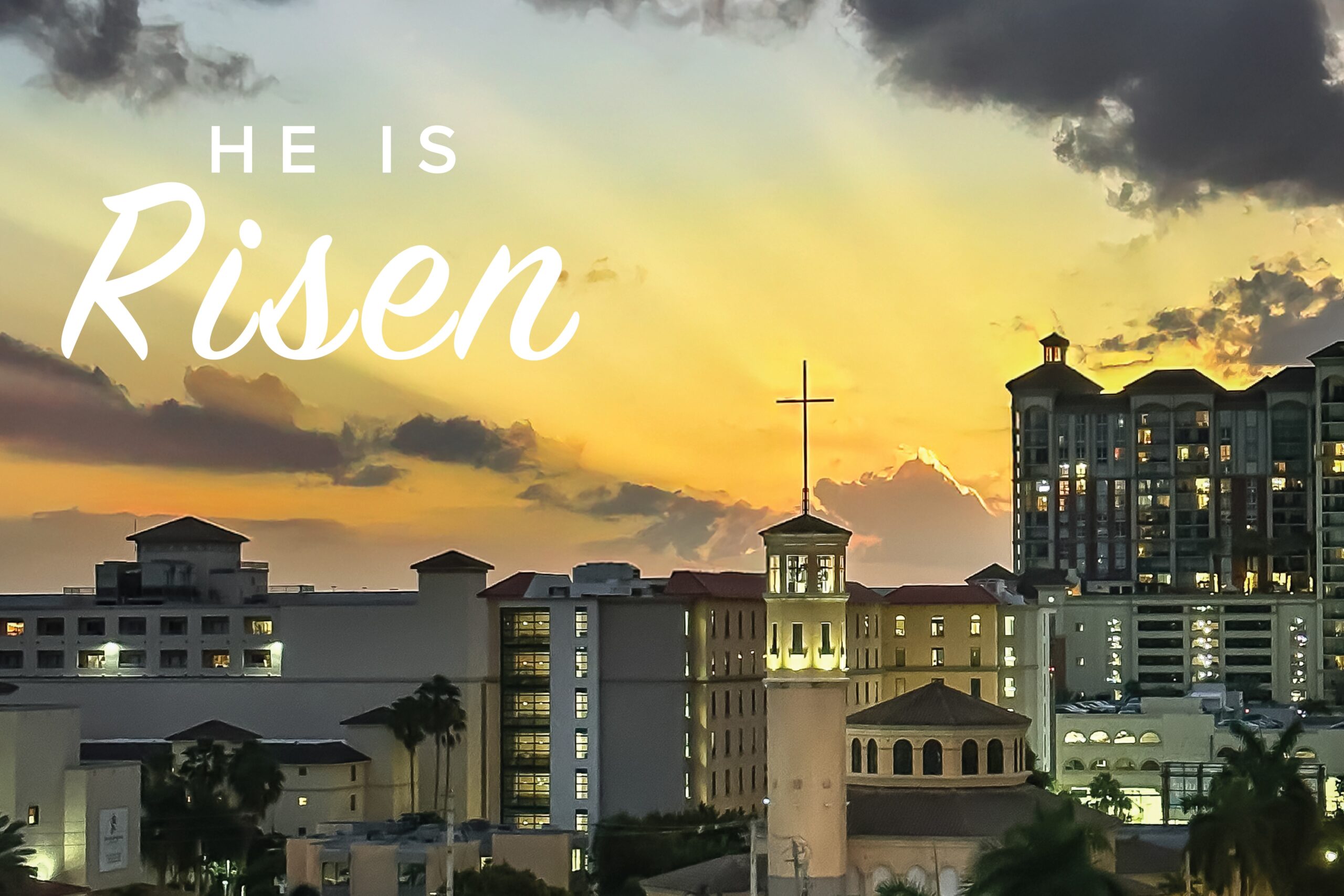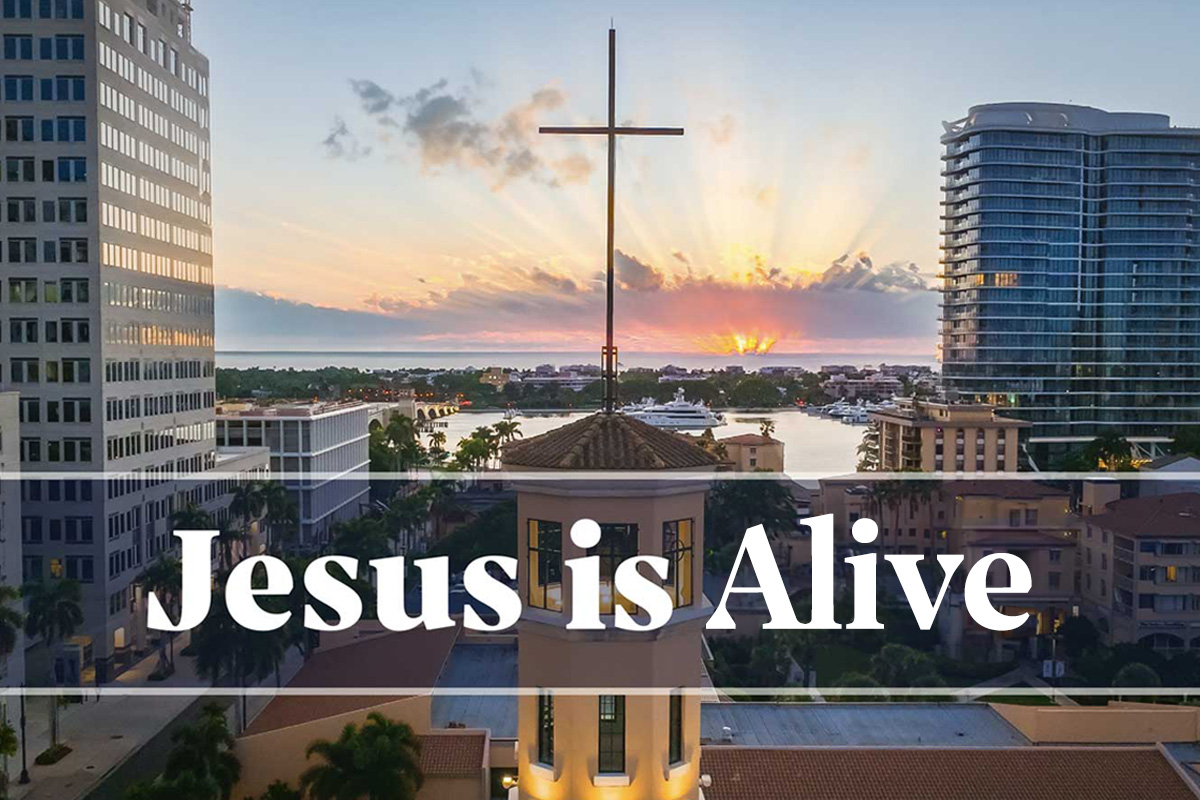Lenten practices can be traced to the Apostolic Age, the time of the apostles. In countries of more recent Christian faith, such as England and northern Europe, the word used for this period of fasting and preparation is tied to the meteorological season: Lent means “springtime.” This is quite appropriate of course: Lent points to the greatest springtime in the history of creation, the resurrection of the Lord. In places where Christianity was well established early on, Greek and Latin speaking areas, and those languages derived from everyday Latin such as Spanish, French, and Italian, the word for this sacred season, as in the Spanish word cuaresma, derives from the word “forty,” referring to the days of fasting and penitence. In the most ancient regions of Christianity such as Syria, Egypt, and Ethiopia (recall the Ethiopian mentioned in the Acts of the Apostles), the word for “Lent” is related to the word for fasting.
Forty Days of Fasting: Biblical Foundations and Early Church Practices
Scripture emphasizes “forty” in the story of Noah’s flood and the years of wandering in the desert. Most importantly, Moses and Elijah’s days of fasting and prayer, and, of course, Jesus’s fasting and prayer, are reported as forty. The Didache, an ancient account of Christian teaching written around the time of the New Testament, emphasizes that those to be baptized need to fast in preparation. Baptism in the early church soon came to be celebrated at the celebration of the vigil of Lord’s Resurrection, the night when the light that overcomes all darkness was celebrated in all its mystery.
Documents of the Council of Nicea, which took place 1700 years ago in 325 and is the source of the definitive Christian statement of faith, refer to Lent as if all Christians know it well and participate in fasting at that time. It was simply expected, as Augustine (354-430) wrote: “Our fast at any other time is voluntary, but during Lent, we sin if we do not fast.” In Egypt, where monasticism first originated, only bread and salt were to be consumed during Lent. Leavened bread was often avoided. This is the origin of the pretzel—unleavened flour and salt in the shape of the ancient prayer posture with three holes representing the Trinity. By the Middle Ages, Germans would restrict themselves to a pretzel and hardboiled egg during times of extended fasting. Still others would drink only a certain kind of beer so as to fast from all solid foods.
An ancient devotion especially appropriate for Lent is the tradition of the Stations of the Cross. Originally steps that pilgrims experienced when on pilgrimage in Jerusalem and walking in the footsteps of Jesus, Stations of the Cross, sometimes called the Way of the Cross (Spanish uses the Latin form, via crucis), became an experience that could be done anywhere with proper prayerful recall of each stop (station) along the way in the suffering and death of Jesus. While churches may have works of art illustrating each of the 14 stations, they are also often brought to life with live re-enactments of each station.
The Culmination of Lent: Preparing for the Celebration of the Resurrection
The whole point of Lent is to prepare for the anniversary, the special annual celebration, of the Resurrection, after forty days of fasting and prayer. Lent begins with Ash Wednesday and ends on Holy Thursday, excluding Sundays. Even during Lent, Sundays are feasts, times of celebration, since this is the day of the Lord’s Resurrection. Lent ends on Holy Thursday, the day when Jesus washed the feet of the apostles and celebrated the Last Supper. This day, together with Good Friday, when Jesus suffered and died, to Holy Saturday, remembering Jesus in the tomb, and Easter Sunday, are the “high holy days” when Christians annually recall the extraordinary drama of redemption. In many languages, the ancient Latin term for three days, “triduum” is used to refer to this culmination of Lent.
Lent is about preparing for celebrating the Resurrection of the Lord, but the season of resurrection that follows, the Easter Season, is longer. While it is forty days to Ascension Thursday (Acts 1:3), it is a total of 50 to Pentecost (Leviticus 23:15-16), the culmination of the Resurrection with the coming of the Holy Spirit to the disciples and thus to we Christians today. If Lent is about penitence—prayer, fasting, and almsgiving, in the ancient three-fold formula—the glorious Easter season is about that ancient Greek word: mystagogy, meaning to be initiated into the mysteries. After baptism during the Easter vigil, the newly baptized and the entire Christian community would enter into the depths of what it means to be saved in Christ. Everything is transformed! All is made new! God’s plan is on its way to final fulfillment!
The whole point of Lent, then, is to prepare us to be ever more renewed in the extraordinary reality of God’s loving plan. As St. Paul puts it in the Letter to the Colossians (1:19-20): “For God was pleased to have all his fullness dwell in him and through him to reconcile to himself all things, whether things on earth or things in heaven, by making peace through his blood, shed on the cross.”
Lent prepares us to enter into this awesome mystery ever more fully. May this time of fasting, prayer, and almsgiving be a blessing to all who participate in it.
Dr. Bryan Froehle is a professor of sociology and religious studies at Palm Beach Atlantic University. He is an elected member of the International Academy for Practical Theology, the theological discipline that engages the social sciences to better understand and respond to what God is doing in our day. Dr. Froehle has published monographs with Orbis and Oxford University Press, and his over 50 scholarly articles and book chapters cover topics ranging from missiology to public theology and sociology of religion.


